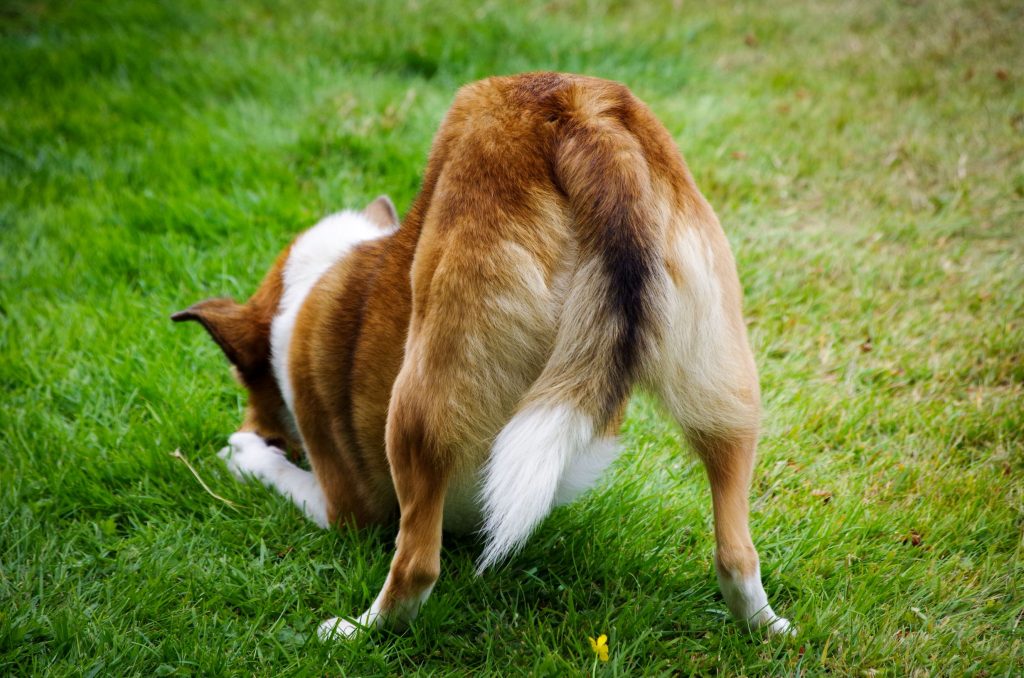What’s the Deal With Your Pet’s Anal Glands?

It’s easy to ignore something that we can’t see. Case in point: your pet’s anal glands. Located on the right and left sides of the anus, many pet owners never have cause to inspect them. While not every pet has issues with their anal glands, some cats and dogs depend on regular expression. The more you know about this hidden anatomy, the better off your pet will be.
The What, in the Where?
It surprises some pet owners to learn about the existence of their pet’s anal glands. Located at about 4 o’clock and 8 o’clock, the anal glands rest between the internal and external sphincter. Filled with a brownish, fishy-smelling substance, anal glands help to mark territory during and after defecation. Some pets will also spontaneous empty their anal glands when scared or stressed.
Under Pressure
During a normal bowel movement, solid feces puts pressure on the anal glands and causes them to drain. If your pet ever has runny stools, their anal glands may not fully empty during bowel movements.
Similarly, many pets are born with narrow ducts (leading from the glands into the anus) or their anatomy produces excessive liquid in the glands. Allergies and weight gain can also cause anal gland probelms.
Impaction/Infection of Anal Glands
Have you ever seen your pet scoot their bum on the rug or furniture? What about noticing excessive licking or chewing of their bottom? These are tell-tale symptoms of anal gland impaction and, possibly, infection. Watch out for the stinky fluid to come out during other times besides defecation, redness or swelling, and crying out during bathroom breaks.
Abscesses occur when bacteria enters the anal glands, and must be handled immediately. Emptying the anal glands, flushing out the ducts, and prescribing antibiotics and pain medication are critical during this highly sensitive situation.
What Pet Owners Can Do
To bulk up your pet’s digestion, add a dollop of unsweetened pureed pumpkin to their meals. This extra fiber creates a fuller bowel movement necessary for anal gland expression during defecation.
If allergies are suspected, we can work with you on providing a diet that doesn’t trigger inflammation of the area. Likewise, we may try to address any weight gain with a new diet.
Stay Regular
Most pet groomers add anal gland expression to their treatment plan, and adds to your pet’s general appearance and hygiene. Remember to stay regular with anal gland expression.
If ongoing infections persist, anal glands can be surgically removed as a last resort. During their routine nose-to-tail exam, we will check them out for any signs of inflammation and swelling (so you don’t have to).
Your Pet’s Wellness
If you have any questions or concerns about your pet’s anal glands, please give us a call at (260) 637-7676. Our veterinarians and staff members are always here for you at Dupont Veterinary Clinic.

